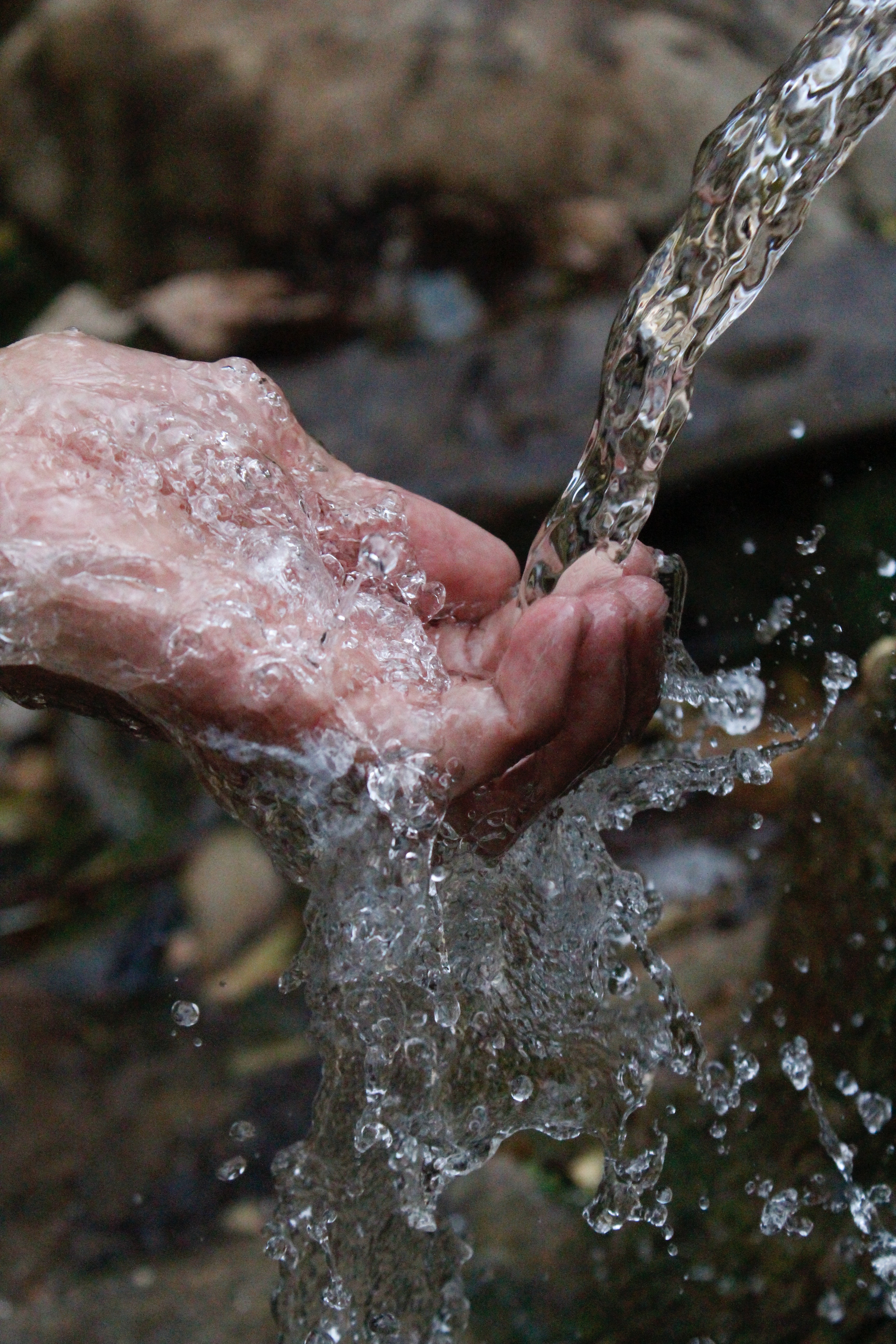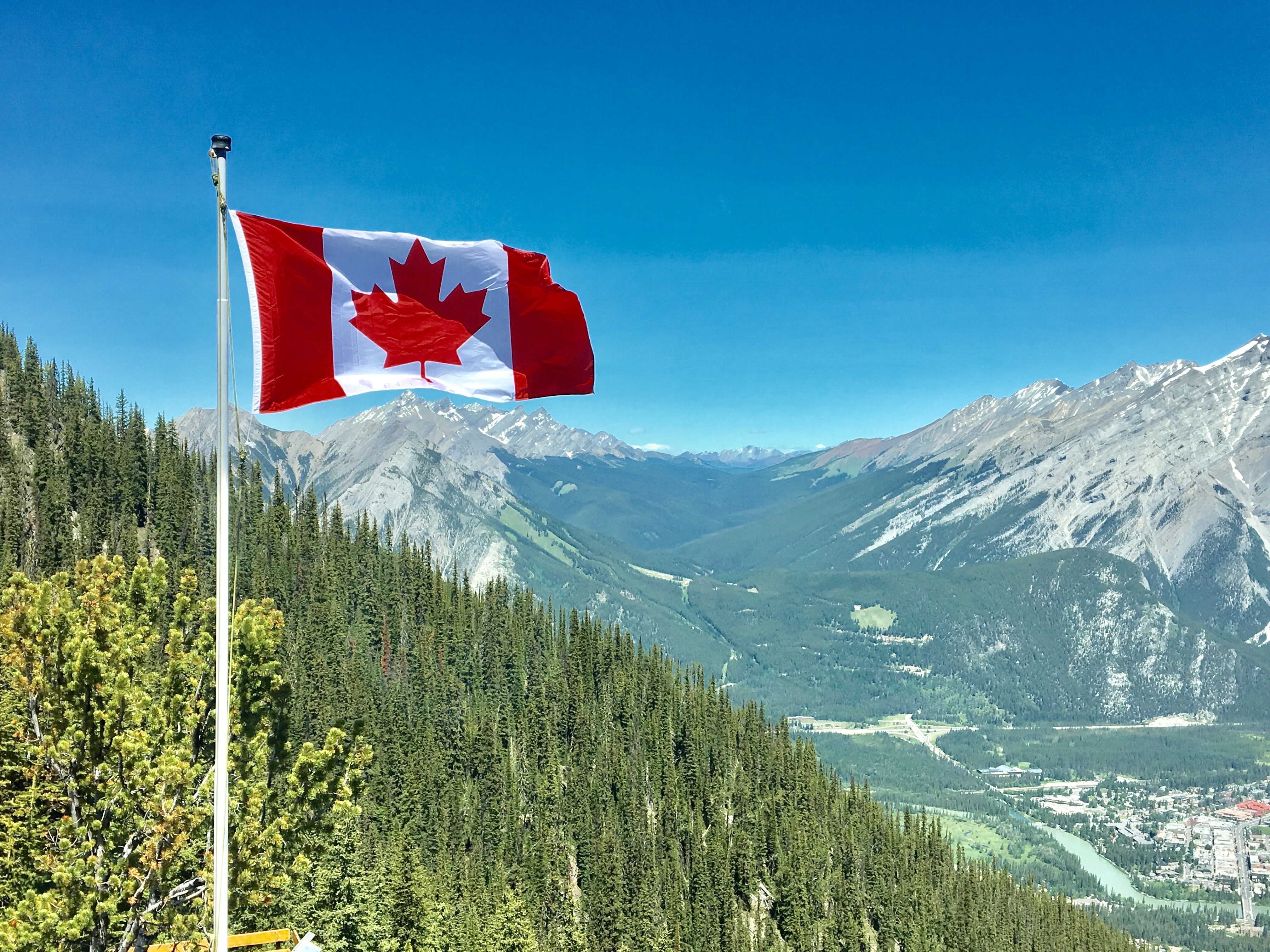Introduction
Norman Borlaug argued that “water covers about 70 percent of Earth’s surface; about 2.5 of it is fresh water, and most of this is frozen in ice caps, soil moisture or in deep aquifers, not readily accessible for human use” (Borlaug, 2018). In the United States alone, water infrastructure in the twentieth-century costed 400 billion dollars, nonetheless, the cost is not purely economic. Poor water management has involved environmental degradation, biodiversity loss, contamination of water sources, human dislocation and other hidden water development costs (Gleick, p. 128, 2000). Moreover, water management is an area that covers a vast network of different topics, that can not be entirely discussed on this paper. Nevertheless, some of the most important challenges regarding this thematic have been explored here. First, water is analysed through the idea of ‘social construction of nature’ to entirely comprehend the social construction of water in certain scenarios. An introduction about Edward Said’s imaginative geographies is also provided here. Additionally, an example that involves these concepts is depicted by the Canadian misconception of fresh water abundance.

This misconception has led to poor consumer behavior in Canada. By using this example, the importance of having a clear view towards renewable fresh water abundance can help to introduce better policies, decisions and management regarding water. Therefore, if consciousness is raised in relation to fresh water abundance, governmental and individual water management will lead to a more sustainable usage of water. Second, should water be a resource of the commons, or it should be commodified? In regard to this question, the ‘commodification of nature’ is presented as a way to engage with the privatization of water. Both sides of this question will be analysed here, by considering the pros and cons of public versus private water. The efficiency of both systems in terms of supply, will be discussed in this paper as well. Moreover, the complexity of this issue also relies in the decision of converting collective users into individual consumers, leading to a lack of public interest. The relevance of this topic rests upon the global supply of water, and what system could serve as the best way to deliver this resource to its users. Third, the value that ‘political ecology’ represents for water management is also developed here. There are many challenges involving water management, and a wide perspective that integrates socio-environmental issues with politics is essential to reach higher sustainable goals. Hence, to highlight the role that political ecology has towards water issues, the practice of hydraulic fracturing has been explored in this section. Water use, contamination and waste produced by fracking are analysed from a political perspective, where a lack of policies and regulations are one of the main drivers of ecological concerns. Thus, it is essential to track where the issues surrounding water come from, in order to implement better systems and policies to achieve a sustainable interaction with this resource.
Social Construction of Nature
In relation to the idea of the social construction of nature, it is helpful to develop first the concept of ‘imaginative geographies.’ To begin with, Edward Said portrays the idea of imaginative geographies in his book Orientalism. Said depicts ‘objective space’ as the physical characteristics of a house, like its walls, pillars, windows, and other material elements that can be precisely measured (Said, 1979). However, this house can adopt an imaginative value, evoking different feelings and sensations, leading to the main idea of imaginative geographies: ‘the perception of space’ (Said, 1979).  In addition to this concept, ‘social construction’ refers to how something is understood and perceived depending on people’s social depictions toward it (Robbins, 2014). This construction can be built up through several elements including ideas, images, assumptions and other types of representations (Robbins, 2014). The purpose of emphasising these concepts, is due to the weight that they represent in our societal behaviour, because people tend to act based on their perception towards something, instead of its essence. Relating imaginative geographies to water management, the way water is perceived by a group of people, can influence the way its managed. All in all, perception shapes behaviour, behaviour leads to action, action creates reaction.
In addition to this concept, ‘social construction’ refers to how something is understood and perceived depending on people’s social depictions toward it (Robbins, 2014). This construction can be built up through several elements including ideas, images, assumptions and other types of representations (Robbins, 2014). The purpose of emphasising these concepts, is due to the weight that they represent in our societal behaviour, because people tend to act based on their perception towards something, instead of its essence. Relating imaginative geographies to water management, the way water is perceived by a group of people, can influence the way its managed. All in all, perception shapes behaviour, behaviour leads to action, action creates reaction.
Canada’s Water Myth
Canada’s perception towards fresh water abundance is one example. Indeed, this country contains one-fifth of the fresh water reserves in the world, but most of it, is non-renewable fossil water (Government of Canada, 2018). Renewable water on the other side, consists in the constant annual process of rainfall, and the following water flow in terrestrial and underground systems (Sprague, 2007). In other words, the water that is accumulated in lakes and similar bodies, is equal to having several glasses of water that—without further replenishment—will go empty sooner or later. Renewable water on the other hand, is a constant cyclic flow, that is available at any time and replenishes aquifers, wells, lakes and similar water pockets (Sprague, 2007).

In respect to this, no matter how big a lake is, the misuse of water will drain it entirely without further replenishment. Furthermore, Canada accounts for only 6.5 percent of the world’s renewable water (World Resources, 2004). Additionally, only 2.6 percent is available in the southern region of the country, which is remarkable, because the use of renewable water from the northern region would be more expensive due to infrastructure and logistic additional costs (Sprague, 2007). In overall, the initial depiction that has been constructed by images and even statistical data, has resulted in a fake perception of abundance. By analysing more deeply this issue, a new imagery arises, where the immediately available quantity of this natural resource is significantly reduced.
Moreover, the importance of this example relies upon the idea of careless water consumption, based on the perception of abundance. Indeed, if a resource is vastly abundant, why worry about usage limitations and restrictions? This model of thinking could be dangerous, especially if it originates from an illusory knowledge foundation. In the Canadian freshwater supply case, it would be useful for the authorities and citizens to acknowledge the real percentage of renewable water available to them, therefore to make a more sustainable use of this resource. By having a clear idea of how much renewable water Canadians actually have, a more conscious behaviour towards water management could be promoted.
Commodification of Nature
Since water is a vital natural resource for humans to fulfill their most basic necessities, it is highly desirable to provide a worldwide access to this human right. Nonetheless, our society is still lagging behind this concept, and opposed to this idea—water has been treated in several occasions as another commodity by restricting its access to the ones who can afford it.  Moreover, 50 litres of water per person per day has been estimated as the minimum amount that people need to cover their basic necessities, but in 1990 around 20 percent of the world population were below that cipher (UNEP, 2000). Therefore, this dilemma is analysed below, by presenting the pros and cons of public versus private water, and how efficient these entities are when it comes to supply individuals with this resource.
Moreover, 50 litres of water per person per day has been estimated as the minimum amount that people need to cover their basic necessities, but in 1990 around 20 percent of the world population were below that cipher (UNEP, 2000). Therefore, this dilemma is analysed below, by presenting the pros and cons of public versus private water, and how efficient these entities are when it comes to supply individuals with this resource.
Public or Private Water?
Should water be a public good (where users are a collective group of citizens), or should water be a commodity (where users are individual customers)? Initially, in the 19th century water demand and infrastructure increased significantly, where private corporations took the lead in America and Europe, by supplying water to the rich and leaving the poor in a vulnerable position (Bakker, 2003). In response to this inequitable system followed by negative consequences like water borne diseases, several governments transformed water into a public good during the 20th century, therefore to enhance public health and provide public access to water, usually at a municipal scale (Bakker, 2003).  Arguments in favor of privatization, however, state that public participation does not have enough resources to provide access to fresh water for the 1.2 billion people around the world lacking this service (Davis, 2005). Also, the large amount of funding that water supply requires to build proper infrastructure is so immense for both developing and developed countries, that governments have allowed in many occasions private firms to partake in this field (Davis, 2005). Additionally, a review of 100 studies comparing the efficiency of state owned and private companies, demonstrated that in highly regulated industries the public sector does better in overall, and the private sector performance is more efficient in competitive scenarios (Davis, 2005). By analysing these results, it seems that the differences between public and private management of water, can be understood better, depending on the structure of the market.
Arguments in favor of privatization, however, state that public participation does not have enough resources to provide access to fresh water for the 1.2 billion people around the world lacking this service (Davis, 2005). Also, the large amount of funding that water supply requires to build proper infrastructure is so immense for both developing and developed countries, that governments have allowed in many occasions private firms to partake in this field (Davis, 2005). Additionally, a review of 100 studies comparing the efficiency of state owned and private companies, demonstrated that in highly regulated industries the public sector does better in overall, and the private sector performance is more efficient in competitive scenarios (Davis, 2005). By analysing these results, it seems that the differences between public and private management of water, can be understood better, depending on the structure of the market.
Furthermore, privatization of water is sometimes seen as a good strategy to promote conservation due to pricing, and efficiency of production as any other business tries to achieve (Bakker, 2003). This, however, has to be tested in a larger scale, because it is estimated that only 5 percent of the planet is being supplied by the private sector (Budds & McGranahan, 2003). Also, because there is a higher purchasing power in urban areas, the private sector might give more importance to them, when they are already well served (Budds & McGranahan, 2003). Lastly, by transforming water into an economic good, citizens will become individual consumers instead of collective users, meaning that the public interest will be left behind (Bakker, 2003).
Political Ecology
There are several issues surrounding water nowadays, but who or what is accountable for these problems? To understand better this question, several thinkers have tried to formulate answers by analyzing the relationship between elements like economic, political, and social outcomes with ecological concerns.  One example is Thomas Malthus, who blamed humans and their rapid population growth, for the environmental issues that the world was facing (Robbins, p. 15, 2010). The problem with theories like this—usually occurs when there are other variables not included in the equation, leading to poor conclusions. Hence, this section will introduce the concept of ‘political ecology’ and how this idea serves to understand better the challenges surrounding water in our society.
One example is Thomas Malthus, who blamed humans and their rapid population growth, for the environmental issues that the world was facing (Robbins, p. 15, 2010). The problem with theories like this—usually occurs when there are other variables not included in the equation, leading to poor conclusions. Hence, this section will introduce the concept of ‘political ecology’ and how this idea serves to understand better the challenges surrounding water in our society.
In the water sphere there are several questions that can help us to understand where are the origins of certain issues, and who are the actors involved. For instance, why there is water scarcity in some regions? What is contaminating watershed ecosystems? Who is benefiting from these ecosystem and water usage? What organizations, if any, are introducing water related policies to solve these problems? These questions are just some examples that can help to deconstruct the large spectrum surrounding water management. Therefore, ‘political ecology’ tries to analyse environmental and societal issues by relating these elements with political processes (Robbins, p.20, 2010). Additionally, political ecology does not only argue that ecological systems are also political, but it tries to find what elements are responsible for environmental change, thus providing less disrupting and sustainable solutions toward ecological mismanagement and degradation (Robbins, p. 20, 2010). Below, a discussion about hydraulic fracturing will help to represent the effect that politics can have in terms of fresh- water quality and quantity.
Fracking and Water Policies
To briefly introduce this topic, hydraulic fracturing is a process that takes advantage of the enormous amounts of ‘shale gas’ that is expected to be found between layers of rock deep underneath the surface (Sovacool, p. 250, 2014). As it is considered to be abundant, shale gas is supposed to be a great source to provide energy for cities and similar recipients, however, a problem arises when analysing the extraction process to retrieve this underground gas. For the purpose of this paper, only the fracking environmental issues directly related to water will be considered, leaving aside a long list of other concerns. Continuing, fracking involves a process of drilling vertically and horizontally several kilometres below earth’s surface, then, large amounts of water are used per well to create fractures and release the gas (Sovacool, p. 251, 2014). The amount of water pumped per well varies, but millions of gallons are usually required, and they are mixed with thousands of gallons of chemicals (Sovacool, p.251, 2014). Indeed, 70 substances found in fracking fluid are considered toxic and 29 cancerous (Grecu et al., 2018). This information is relevant, because leaks of fracking fluid are very common and these chemicals tend to reach surface water recipients, contaminating not only drinkable water, but watershed ecosystems (Jackson et al., 2014).  Also, the fluid pumped into the ground fluctuates and migrates upward, plus contaminating underground water systems (Jackson et al., 2014). Therefore, it is not only about water quantity, but also quality that is lost because of fracking techniques. Nonetheless, the problem does not conclude here, because the management of wastewater is even worse. According to the United States Environmental Protection Agency (US EPA), between the years 2006 and 2012, 452 spills of waste water fracking fluid or ‘brine’ have been detected (US EPA, 2016). Wastewater is another issue regarding fracking and there are many areas lacking regulations and investigation processes—West Virginia for example, where 62% of its fracking wastewater destination is unknown due to the lack of reporting requirements (Pothukuchi et al., 2018). Additionally, in certain U.S. states wastewater is still sent to water-treatment facilities that are unprepared to process all the chemicals included in the brine, and other states spray the wastewater in roads for dust control purposes (Neville, 2017). Also, many of the chemicals used in fracking are not even released by fracking companies because of trade secret laws (Neville, 2017). As depicted in this section, poor municipal and provincial regulations have led to a careless fracking practice, where tons of water are wasted, contaminated or accidentally spilled, polluting other fresh water ecosystems. In Europe however, environmental priorities have led to ban fracking practices, as well as in Canada; where Quebec and Nova Scotia have banned fracking due to ecological threats (Neville, 2017).
Also, the fluid pumped into the ground fluctuates and migrates upward, plus contaminating underground water systems (Jackson et al., 2014). Therefore, it is not only about water quantity, but also quality that is lost because of fracking techniques. Nonetheless, the problem does not conclude here, because the management of wastewater is even worse. According to the United States Environmental Protection Agency (US EPA), between the years 2006 and 2012, 452 spills of waste water fracking fluid or ‘brine’ have been detected (US EPA, 2016). Wastewater is another issue regarding fracking and there are many areas lacking regulations and investigation processes—West Virginia for example, where 62% of its fracking wastewater destination is unknown due to the lack of reporting requirements (Pothukuchi et al., 2018). Additionally, in certain U.S. states wastewater is still sent to water-treatment facilities that are unprepared to process all the chemicals included in the brine, and other states spray the wastewater in roads for dust control purposes (Neville, 2017). Also, many of the chemicals used in fracking are not even released by fracking companies because of trade secret laws (Neville, 2017). As depicted in this section, poor municipal and provincial regulations have led to a careless fracking practice, where tons of water are wasted, contaminated or accidentally spilled, polluting other fresh water ecosystems. In Europe however, environmental priorities have led to ban fracking practices, as well as in Canada; where Quebec and Nova Scotia have banned fracking due to ecological threats (Neville, 2017).
While analysing the fracking industry in relation to water, it is clear that policies and regulations play a vital role to preserve the quality and amount of water worldwide. This is why political ecology tries to deconstruct non-friendly environmental activities like hydraulic fracturing, and serves as well as a path to regulate, ameliorate or stop these practices that are threatening fresh water. Lastly, the political ecology community is not something limited to a group of political ecologists, but it is closer to a social-web where all types of individuals are contributing to unveil environmental issues (Robbins, p. 21, 2011). Finally, these individuals can contribute in several ways like academic papers, experiments, blogs, films, or books that treat ecological concerns from a socio-political point of view (Robbins, p.21, 2011).
Conclusion
Water as a topic has been deconstructed and analysed in relation to three main concepts; the social construction of nature, the commodification of nature, and political ecology. By doing so, a deeper perspective about water challenges and management has been achieved. First, the socially constructed collective idea about Canadian fresh water abundance, has served as a way to analyse the problem of utilizing water without acknowledging its actual amount. Thus, a higher level of understanding towards renewable water, can help authorities and citizens to develop more sustainable methods to administrate this resource. Second, the commodification of water is another issue treated here. There are several arguments supporting and denying the commodification of water, specially when it comes to the supply efficiency. One of the great issues of privatizing water, is that the collective users are transformed into individual customers, leaving aside public interests. However, it is argued that private companies could be more efficient in developing water infrastructure, due to a higher interest in the business and the lack of financial capacity from the public sector. Nonetheless, the public and private sectors seem to work better accordingly to the market structure. Third, other socio-environmental issues have been discussed in relation to political ecology concepts. In addition, hydraulic fracturing was used as an example to portray how the lack of policies and the mismanagement of water, can affect the quality and quantity of this substance. Hence, political ecology focuses in the detection of political deficiencies, and tries to serve as a path to incorporate policies to ameliorate socio-ecological problems. Water in overall, include other numerous issues that could not be included in this work, thus, this paper has been designed to cover some essential elements regarding water management issues.
References
Bakker, K. (2003). Liquid assets. Alternatives Journal, 29(2), 17-21. Retrieved from http://ezproxy.library.ubc.ca/login?url=https://search-proquest-com.ezproxy.library.ubc.ca/docview/218733892?accountid=14656
Budds, J., & McGranahan, G. (2003). Are the debates on water privatization missing the point? Experiences from Africa, Asia and Latin America. Environment and Urbanization, 15(2), 87–114. https://doi.org/10.1177/095624780301500222
Climate Change Canada. “Water Availability in Canada.” Canada.ca, Innovation, Science and Economic Development Canada, 10 Apr. 2017, www.canada.ca/en/environment-climate-change/services/environmental-indicators/water-availability.html.
Davis, J. (2005). PRIVATE-SECTOR PARTICIPATION IN THE WATER AND SANITATION SECTOR. Annual Review of Environment and Resources, 30, 145-183. Retrieved from http://ezproxy.library.ubc.ca/login?url=https://search-proquest-com.ezproxy.library.ubc.ca/docview/219848716?accountid=14656
Gleick, Peter H. “A Look at Twenty-First Century Water Resources Development.” Water International, vol. 25, no. 1, 2000, pp. 127-138.
Grecu, Eugenia, Mirela I. Aceleanu, and Claudiu T. Albulescu. “The Economic, Social and Environmental Impact of Shale Gas Exploitation in Romania: A Cost-Benefit Analysis.”Renewable and Sustainable Energy Reviews, vol. 93, 2018, pp. 691-700.Sprague, J. (2007) Great Wet North? Canada’s Myth of Water Abundance. In Bakker, K. (ed.) Eau Canada, Vancouver, UBC Press, 23-36.
Neville, Kate J., et al. “Debating Unconventional Energy: Social, Political, and Economic Implications.” Annual Review of Environment and Resources, vol. 42, no. 1, 2017, pp. 241-266.
“Norman Borlaug Quotes.” BrainyQuote.com. BrainyMedia Inc, 2018. 2 December 2018. https://www.brainyquote.com/quotes/norman_borlaug_793405
Pothukuchi, Kameshwari, Melissa Arrowsmith, and Natalie Lyon. “Hydraulic Fracturing: A Review of Implications for Food Systems Planning.” Journal of Planning Literature, vol. 33, no. 2, 2018, pp. 155-170.
Robbins, P., Hintz, J., & Moore, S. A. (2013). Environment and society: a critical introduction. Retrieved from https://ebookcentral.proquest.com
Robbins, Paul. Political Ecology : A Critical Introduction, John Wiley & Sons, Incorporated, 2011. ProQuest Ebook Central, https://ebookcentral.proquest.com/lib/ubc/detail.action?docID=822568.
Said, Edward. Orientalism. Vintage Books, 1979
World Resources 2002-2004: Decisions for the Earth: Balance, Voice, and Power. World Resources Institute, 1 June 2003, wriorg.s3.amazonaws.com/s3fs-public/pdf/wr2002_fullreport.pdf.
